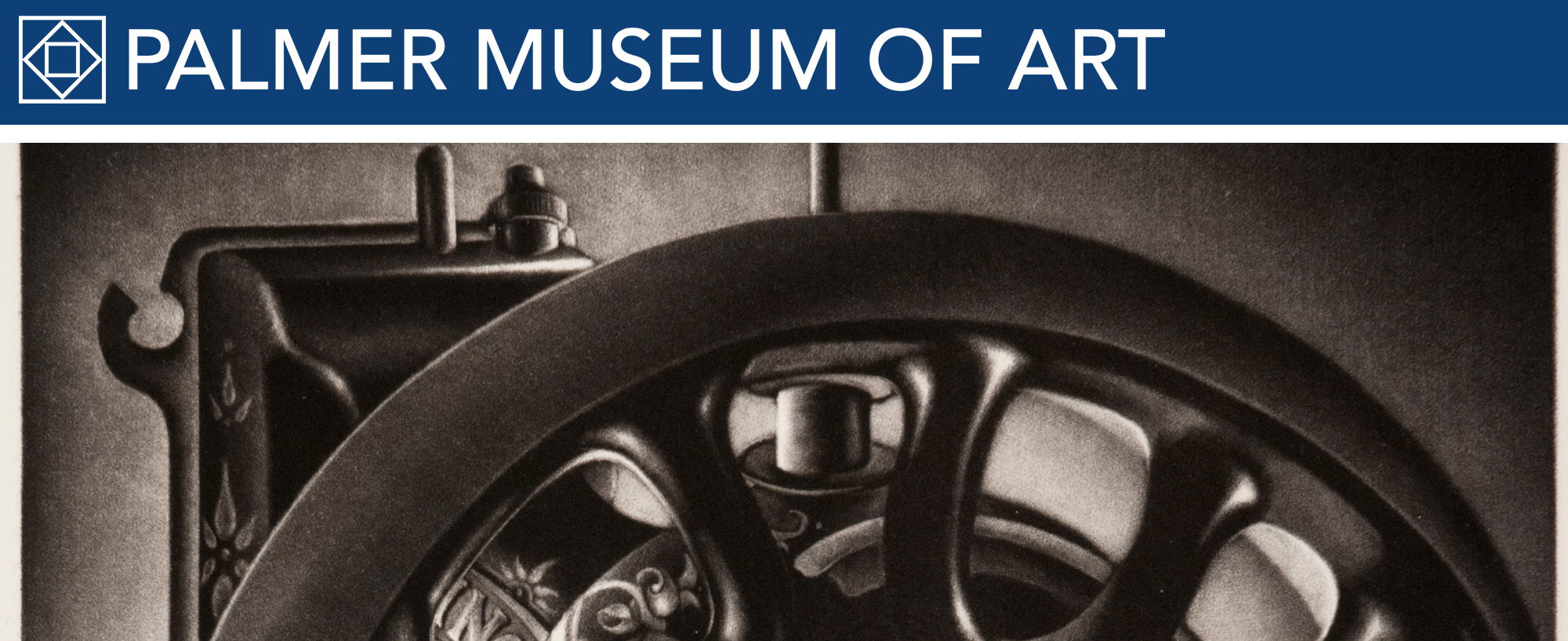La Manière Anglaise: Mezzotints from the Permanet Collection
May 28–August 25, 2013
Invented by a German engraver working in Amsterdam in the early 1640s, the mezzotint process flourished first in the Netherlands during the latter years of the seventeenth century, and then more so in England, where a surging middle class sought inexpensive reproductions of portraits, landscapes, and other works by favorite artists. Unlike most other intaglio methods, such as engraving, etching, or drypoint, mezzotint offers, as its name suggests, a rich variety of halftones, thus rendering it ideal for replicating the illusion of three-dimensionality intrinsic to the painting of the day. By the 1750s, the reputation of British mezzotint artists had grown to the point that, on the continent, the technique came to be known as “la manière anglaise”—the English manner.
To produce a mezzotint, a ground must be prepared on the plate, usually copper, by using a rocker, a chisel-shaped tool with a semicircular blade bearing as many as 150 teeth per inch. The rocker is—well, rocked—back and forth over the plate, creating thousands upon thousands of miniscule craters and, at the same time, kicking up an equal number of tiny copper burrs. If a thoroughly rocked plate was inked and printed, the holes and burrs would hold so much ink that the result would be nothing more than a field of rich, absolute black. The artist then creates an image by working from this total darkness into light, by either scraping away the appropriate amount of burr with a knife, or flattening the burr back onto the copper with a burnisher. The further the plate is worked back to its original state, the less ink that portion of the plate will hold, and so the lighter it will print.
The mezzotints in this exhibition range from Dutch and British efforts during the height of reproductive printmaking in the late seventeenth and eighteenth centuries, to examples by artists who revisited the process in the later nineteenth and twentieth centuries as a means of generating original images.
Organized by the Palmer Museum of Art. Curated by Patrick McGrady, Charles V. Hallman Senior Curator.
